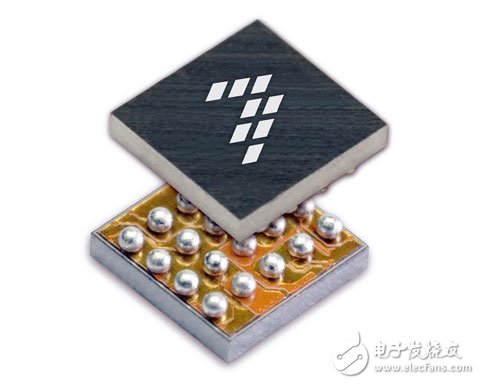MCUs are a key component of every connected device and are expected to drive the deployment of millions of Internet of Things (IoT) "endpoints". Each end node includes a variety of different components, such as meters, sensors, displays, preprocessors, and data fusion components that combine multiple functions into a single device. A common requirement for IoT termination nodes is small size because these devices are typically limited to a small footprint. For example, when considering wearable devices, small size and light weight are key to gaining customer acceptance.
Small package MCUs are ideal for controlling volume-constrained IoT termination node applications. Many MCUs have other features that allow us to easily place a very powerful design into a pin-limited shape. Flexible pin assignments, autonomous operation, and intelligent peripheral interconnect devices are some examples of the advanced features of small pin count MCUs that further enhance the capabilities of MCUs and have a large impact on size-constrained applications.
Small pin count package
Within the narrow board space allowed by the IoT endpoint, the key enabler of placing the MCU into it is a small package. The space for wearable devices is particularly limited, but still requires powerful processing and storage capabilities to perform the various front-end functions required by sensors, sensing aggregators, and controllers. The chip scale package (CSP) is ultra-small and does not require special manufacturing capabilities. For example, Freescale's KineTIs KL03 20-pin CSP MCU family is available in a 20-pin CSP 1.6 x 2.0 mm package. As shown in Figure 1, this 20-pin uses 20 solder balls at fine pitch for the smallest board space.

Figure 1: Freescale KL03 Series MCU in a chip scale package
However, small packages do not necessarily mean that processing power is small. The KL03 has a powerful 48 MHZ 32-bit ARM Cortex-M0 processor core with 32 KB of on-chip flash and 2 KB of on-chip SRAM. Multiple serial interfaces (LPUART, SPI, I2C) allow the MCU and easy connection to standard peripherals. A 12-bit ADC with an analog comparator and an internal voltage reference meets common sensing requirements. To support the very common timing operations in IoT, a low power timer and a real time clock are also used. Pulse width modulation (PWM) timers can also be used to simplify mechanical control applications. Implementing so many features in a very small 20-pin CSP format is a great example of the capabilities that are available to designers.
Toroidal Transformer,Toroidal Transformer Audio,Diy Toroidal Transformer,Toroidal Current Voltage Transformer
Guang Er Zhong(Zhaoqing)Electronics Co., Ltd , https://www.gezadapter.com